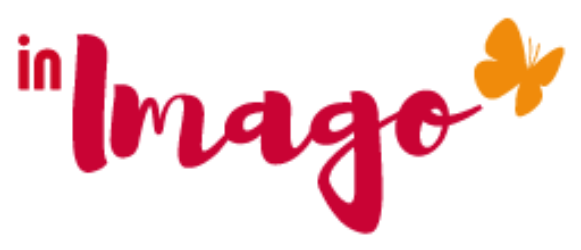The Agile Manifesto presents 4 values and is divided into 12 principles. As and when I approach them in the transformations, I found success factors according to 3 focus: Intensio- from a team point of view; Extensio-from a managerial or organizational point of view; Mago-from an individual point of view. The objective of this article series on the Agile Manifesto is to share these different focuses.
Here I address the last principle 12– At regular intervals, the team thinks together to become more effective, and then adjusts its behavior accordingly.
When a team gets to set up, this loop of continuous improvement, the organization is on the way to a learning enterprise.
When the 4 values and the 12 principles are taken into account as a measure of the transformation of the organizations, and that this Manifesto becomes a flexible base of work then the company is on the path of Agility. It will be able to adapt and find its Context Agility and deploy to scale.
Focus Extensio- From an organizational point of view
This principle 12 is unfortunately one of the first to jump in the teams because to call into question requires an effort to the teams. They will only last from the moment when the management will encourage them and that the other departments will put themselves on the path of agility. Why improve if the company is only focused on immediate results. Regular delivery will be sufficient to satisfy the need for apparent effectiveness.
Like problem solving, continuous improvement or even learning from mistakes is a challenge for management. In fact, to improve, to find the cause of a problem and to reorganize oneself requires time and often questions transversal decisions. This upsets the established order and the organization of tasks.
Continuous improvement and problem solving are part of the paradigms that need to be changed that I tackle in my coaching.
Focus Intensio- From a team point of view
The simplest approach to accompany a team on these principles is SCRUM, see in particular the works of Jeff SUTHERLAND, co-signer of the manifesto and co-author of the SCRUM method.
The SCRUM process provides a framework for the manifesto and explains a process in a simple way by defining 3 roles and 4 ceremonies.

The SCRUM rituals allow at every stage to challenge oneself, to challenge the team with its 4 ceremonies: Sprint Backlog, Daily Scrum meeting (with the identification of blocking points to solve), the Review with the client and the Retrospective.
These ceremonies are an invaluable aid for the implementation of the continuous improvement loop, including the sprint review and the retrospective sprint. The sprint review is the customer review to validate or not the functionality of the product or application and the retrospective sprint, a way to improve the performance of the team. The Retrospective allows to set up immediately the actions of continuous improvement for both the team and the client.
Again, one of the pitfalls at the start is in the team’s desire to go and find a resolution of its dysfunction outside the team. A team will be Agile as soon as it is also self-organized to solve its dysfunctions. Again, the limit lies in the organization that splits the tasks (a service to recruit, a manager and a buyer to unlock funding or refer a supplier, etc …)
Roles are introduced in SCRUM to help implement the process. It should be noted here that this is not a job but a role that must be rotative not to freeze a team in an organization of principles.
A company can move to an agile scale when the 12 principles and 4 values are seen in their entirety and self-organization will be digested by the management in place. The ceremonies will be preserved and an Agile of context will be put in place and will progressively replace SCRUM.
To learn more, read also my Essay- Why Employees Like SCRUM and Not Bosses
I also invite you to read the book by Ryan Babineaux and John Krumboltz: Fail Fast, Fail Often, and in particular p 118 and 119 which offers a simple tool to become an innovator or to register for one of my workshops B.W.C- Breathe- we change. When creativity is unbridled, the ability to solve problems and set up a loop of continuous improvement is facilitated because each individual will be sure of himself and sure that his ideas will be taken into account in the joint project.
Focus Mago- From an individual point of view
The individual will adapt ceremonies as soon as his work is identified as a vehicle for change and Agile communities will be communities of action.
The management will have to remain attentive to the maintenance of retrospectives “Fun” because they guarantee a working atmosphere where one has the time to tell oneself things and to choose his combats.
I recommend in my coaching to make sprints of 3 weeks of which 5 days are dedicated to the rituals and the actions learning as well as the maintenance of the team in the rhythm of the company.
Pleasure at work, the right to be wrong are major challenges of transformation. In France, in particular, these ways of approaching work are paradigms to change because at a very young age we are taught not to be wrong! In order for the individual to accept blame (the right to be wrong), altruistic and leading by example will be required.
Introducing well-being at work, transparency, benevolence or premises with collaborative workspaces are not enough. Being agile, being a learning enterprise can not be decreed. This is experimenting!
This article was conceived and written by Dominique Popiolek, leader and professional coach.

